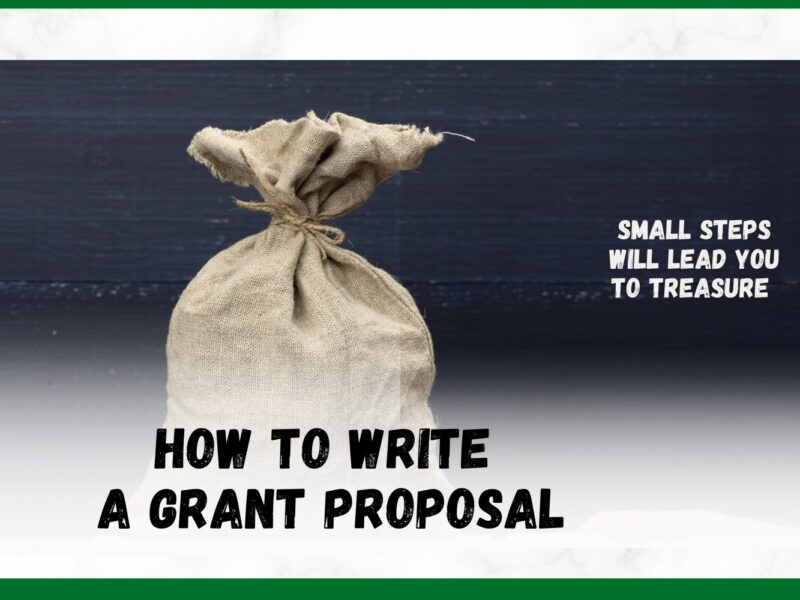
Securing funding through grants can be a game-changer for nonprofits, researchers, and small businesses. However, writing a compelling grant proposal requires strategy, clarity, and attention to detail. Whether you’re applying for a government, foundation, or corporate grant, this guide will walk you through the key steps to create a strong proposal.
1. Understand the Grant Requirements
Before you begin writing, carefully review the grant guidelines. Each funding organization has specific criteria, including eligibility, funding limits, deadlines, and required documents. Understanding these details ensures you align your proposal with the funder’s priorities.
2. Research the Funder
Learn about the organization offering the grant. What causes or projects do they typically support? Reviewing past grants they’ve awarded can give insight into their priorities and increase your chances of success.
3. Develop a Clear Proposal Structure
A well-structured grant proposal typically includes the following sections:
a. Cover Letter
- Introduce your organization and summarize the purpose of your proposal.
- Highlight how your project aligns with the funder’s mission.
- Keep it concise and engaging.
b. Executive Summary
- Provide a brief overview of your proposal.
- Outline the problem, your solution, and expected outcomes.
- Make it compelling to encourage further reading.
c. Statement of Need
- Explain the problem or issue your project aims to address.
- Use data, research, and real-life examples to support your case.
- Show why this issue matters and why your organization is best suited to tackle it.
d. Project Description & Goals
- Describe your project in detail: objectives, activities, timeline, and key personnel.
- Define measurable goals and expected impact.
- Show how your project is unique and sustainable.
e. Budget
- Provide a clear breakdown of how the grant money will be spent.
- Justify each expense and ensure it aligns with your project goals.
- Include matching funds or in-kind contributions if required.
f. Evaluation & Impact Measurement
- Explain how you will track and measure the success of your project.
- Define key performance indicators (KPIs) or assessment methods.
- Funders want to see tangible results and accountability.
g. Organization Background
- Provide a brief history of your organization.
- Highlight your mission, past successes, and expertise.
- Show that you have the capability to execute the project effectively.
4. Write Clearly and Persuasively
- Use clear, concise, and professional language.
- Avoid jargon and overly technical terms.
- Keep your focus on impact—how will this funding create positive change?
5. Review and Edit Thoroughly
- Proofread for grammar, clarity, and consistency.
- Ensure all required documents are attached.
- Have a colleague or mentor review your proposal for feedback.
6. Submit and Follow Up
Be prepared for potential questions or revisions.
Submit your proposal before the deadline.
Follow up with the funder if necessary to confirm receipt and ask about the review timeline.

Comments